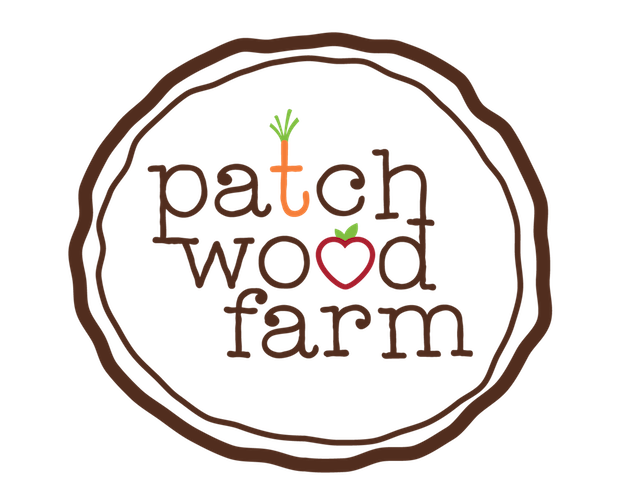

Patchwood Farm is located on a 106-acre hilltop with stunning views in all directions. About 10 acres are cleared and the remainder is covered in mixed forest. There are several springs on the property and a mix of soil types throughout. The land supports a great deal of life - from wild plants and pollinators to owls and eagles to moose and bears.
We have three garden areas - totalling about a 1/4 acre of permanent raised beds with plans to double that over the next couple of years. These gardens are dedicated primarily to vegetables, herbs and cut flowers - as well as some companion plants and grains. Each season, we grow over 80 different crops - usually with multiple varieties of each - often experimenting with new crops and varieties.
We rotate our crops each year, apply compost, plant cover crops (e.g. oats, rye, buckwheat), mulch and leave areas fallow – all this to ensure that our soil is supremely healthy, pest and disease pressures are reduced, and the resulting food is as nutrient dense as possible. Feed the soil - not the crop!
We do not use any synthetic fertilizers or pesticides on our property. Instead, we rely on natural fertilizers like compost, seaweed, worm castings, and cover crops. To control pests, we primarily use physical barriers (row covers and insect mesh), fencing, and companion planting.
We purchase (and even save some of our own) seed carefully to ensure that we’re growing the most beautiful, nutritious vegetable varieties and that they are well-adapted to our growing conditions in Pipers Glen.
Our farm is off-grid - as in, we are not connected to the power grid. Our electricity is generated primarily from arrays of solar panels - and this means that we are extremely cautious of how we use energy on our farm. It presents challenges (how will we keep the chickens’ water from freezing in the barn? how will we keep vegetables cool after harvest?) but it also provides a kind of resilience that we cherish.
Finally, we are always working to educate ourselves in order to improve our techniques for the benefit of the land and all the creatures it supports - and to be forever improving the quality of the food we grow. During the winter months, we attend workshops and conferences, read books and magazines, and connect with our wonderful network of fellow-growers in order to build our knowledge and improve our practices.
